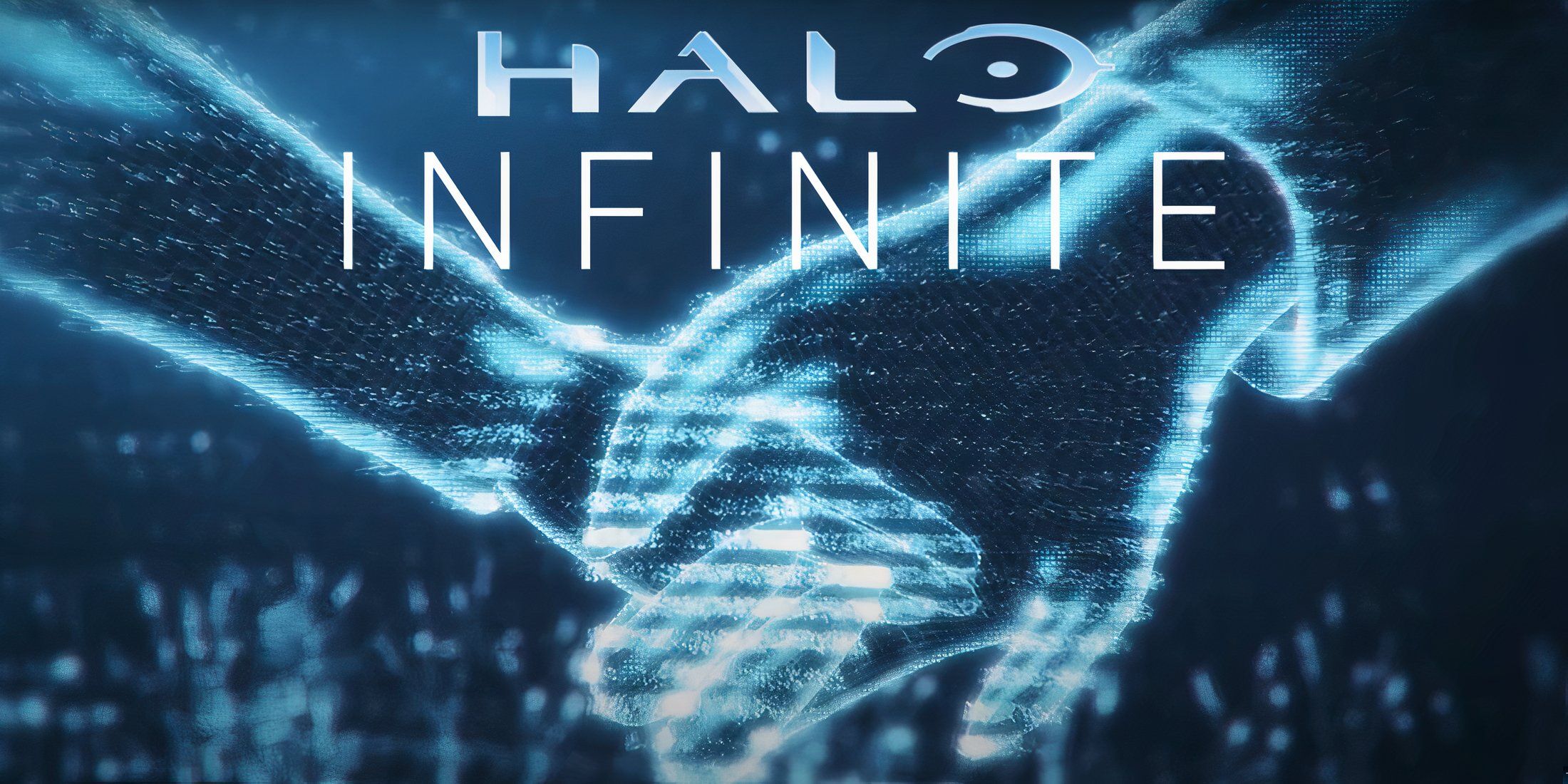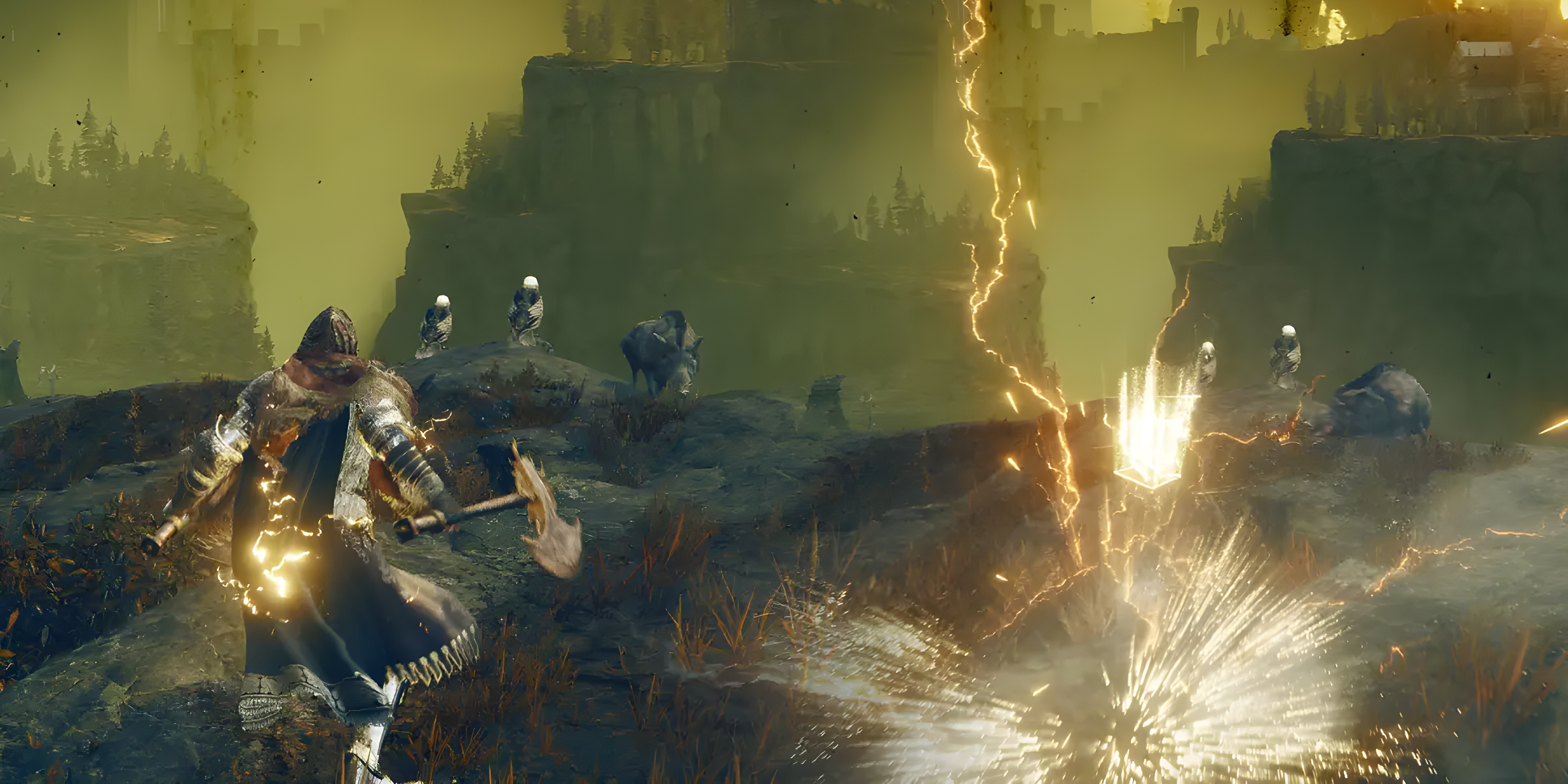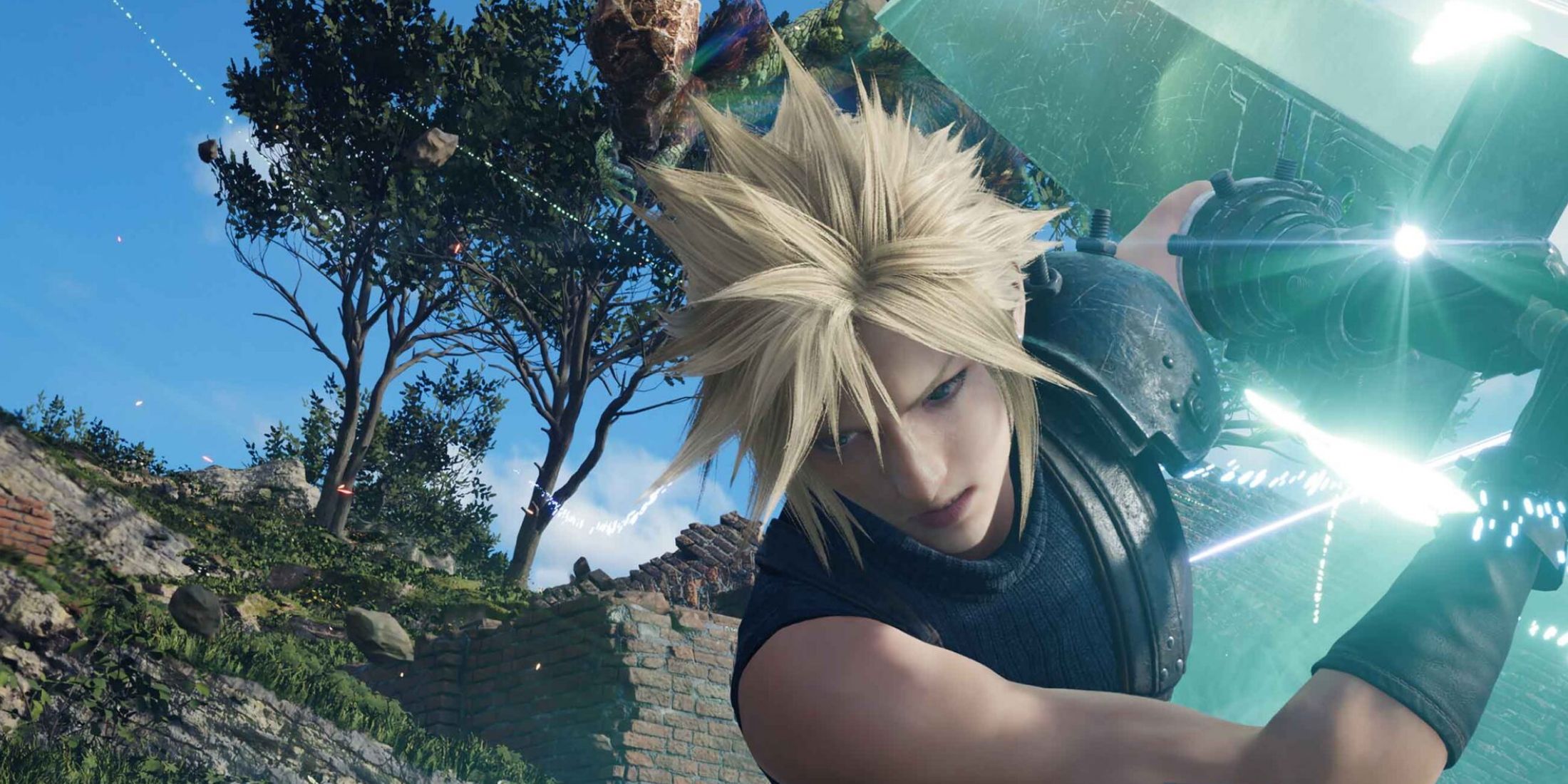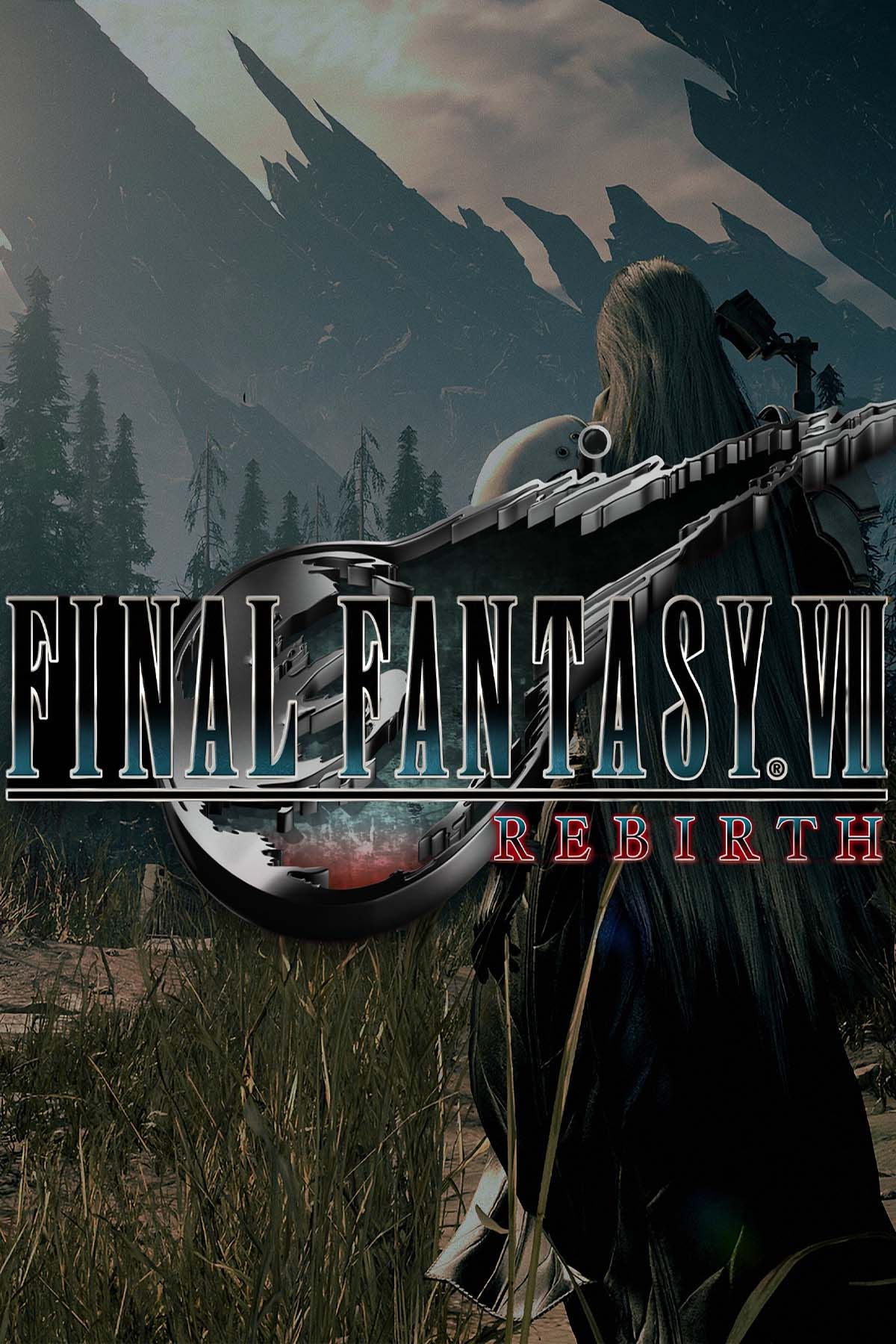While Final Fantasy 7 Rebirth antagonist Sephiroth was slowly built up in the PS1 version of FF7 until his major appearances in the story, he has been featured much earlier in the multi-game Remake project arc which this source material has now been adapted into. Now that Final Fantasy 7 Rebirth has already showcased a powerful transformed version of Sephiroth which would have originally been relegated to final boss status, it's unknown how Square Enix will manage to further elevate the stakes of the next remake installment's conclusion.
While it has largely been billed as a complete reimagining of the story from the 1997 game, FF7 Remake has been revealed as a sequel which is set within an alternate timeline. The events of the original title are implied to have occurred as depicted, and these new releases are set within a parallel reality that is reliving similar events that are being influenced by outside forces. With Sephiroth Reborn already evoking much of the epic style found in FF7's ending, there will need to be a new twist in the third title if the remake saga hopes to close with its own exciting climax.
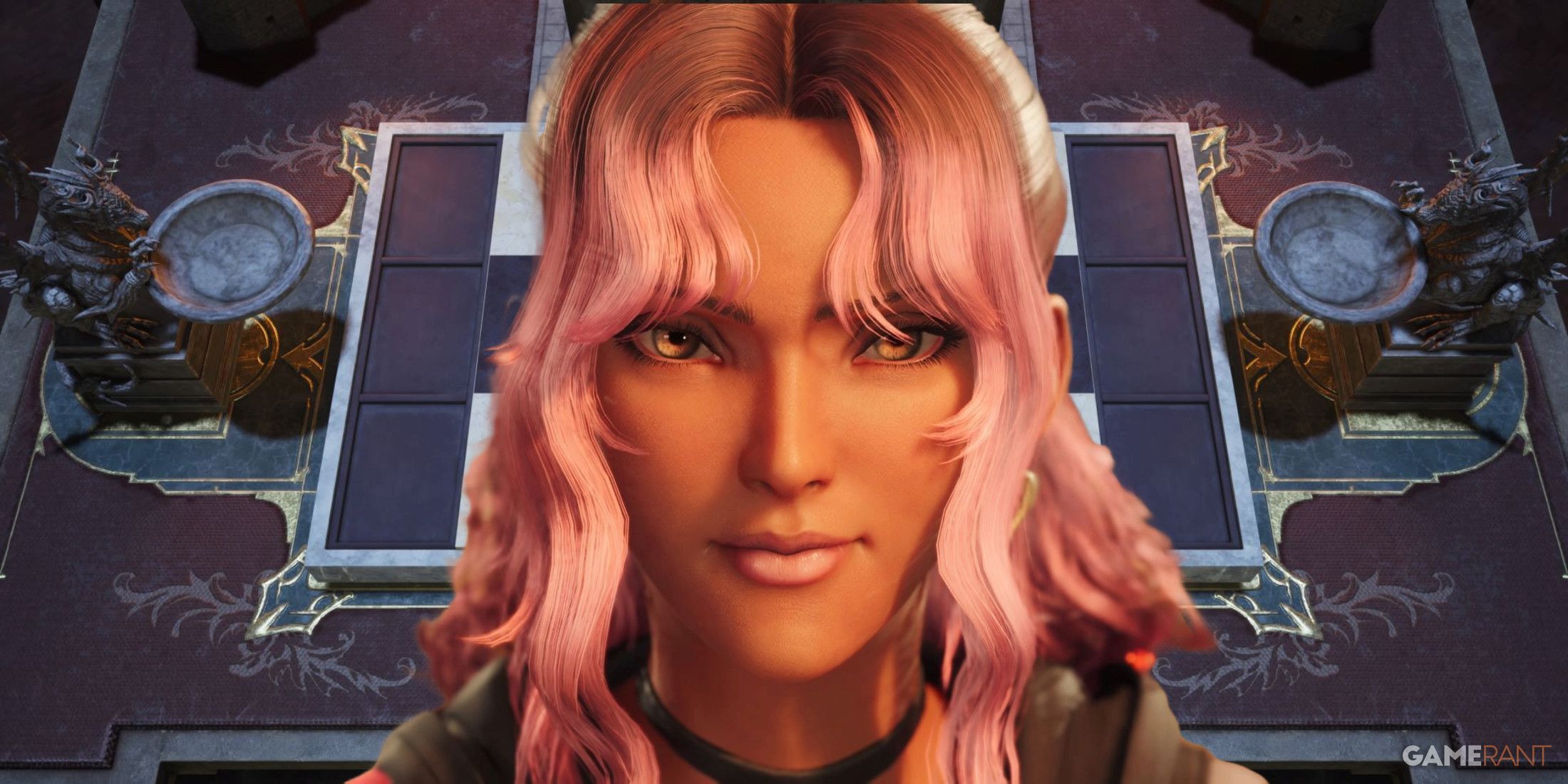
Final Fantasy 7 Rebirth's Queen's Blood Set a High Bar, But Remake Part 3 Can Cross It With One Addition
The third chapter in the Final Fantasy 7 remake saga has a clear path forward when it comes to improving Queen's Blood's strong foundation.
Final Fantasy 7's Iconic Sephiroth Final Boss Sequence
Sephiroth's Monstrous Forms Existed Soley in the Grand Finale
He's best known for his human form which haunts Cloud throughout the events of both remake games, but Sephiroth is essentially a reincarnated entity whose true power is showcased after he takes full control of his "mother" Jenova's cells. Once the party defeats the final Jenova SYNTHESIS incarnation, the form known as Bizarro Sephiroth is fought at the beginning of the final sequence.
This appearance fits the trend of grotesque yet magnificent transformations that Final Fantasy is known for, as it depicts an amalgamation of lifeforms composing one fearsome boss.
The last gameplay battle is then fought against Safer Sephiroth, the godly end goal of the character all along. With seven wings, a cloud, and halos making up his final body, this is a fittingly epic and imposing foe who bears an uncanny resemblance to the similar progression previous final bosses like FF6's Kefka followed. Now that the remake trilogy has taken a completely new approach to Sephiroth's role, however, it's unclear if this form can have the same impact in the future.
Final Fantasy 7 Rebirth Only Leaves One Unseen Form of Sephiroth Remaining
Rebirth's Follow-Up Could Innovate on Its Final Boss
The surprising intervention of the Whispers in the FF7 Remake project set up divergences in the plot, but many players likely didn't expect to face the original penultimate boss within the second of three games. Sephiroth Reborn, a new form with a design directly adapted from Bizarro Sephiroth, now appears far earlier in the plot.
There might be new context surrounding the character's simultaneous existence across different timelines, but this is a form that serves to set up the unexpectedly divine next stage of Sephiroth's evolution. It's assumed that Safer Sephiroth will be there to provide a satisfying end to the third game, but these expectations might have been set up to be subverted.
Safer Sephiroth indeed represents the godly state that the character sought out in FF7's plot, but it's important to note that his circumstances have changed drastically after Rebirth. His goal seems to be to control all timelines and combine them in domination, something which Aerith, Cloud, and Zack seemed to have prevented by further splitting reality into even more. If a version of Safer Sephiroth emerges in FF7 Remake Part 3, this may be a mere precursor for an even more powerful form that is meant to convey his status across these different timelines.

